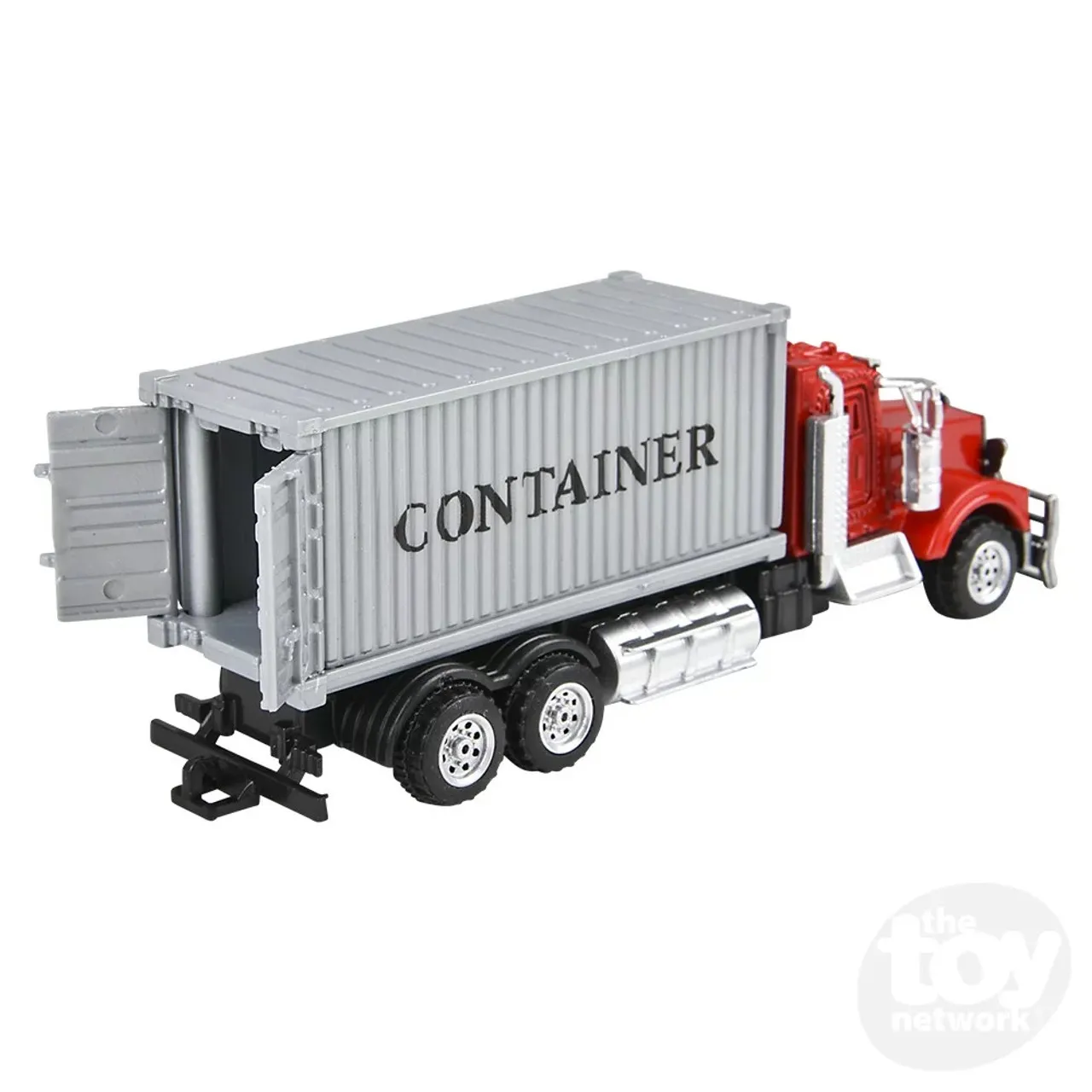Top 5 Facts About Diecast Containers
Diecast containers, miniature replicas of the massive steel boxes that crisscross the globe, have become a popular hobby for collectors and enthusiasts. These meticulously crafted models offer a fascinating glimpse into the world of shipping and transportation, capturing the essence of these vital components of global trade. This guide will explore five key facts about diecast containers, providing insights into their history, features, and the collector’s perspective. Whether you’re a seasoned collector or just starting, this guide will enhance your appreciation for these intricate models.
The History of Diecast Containers
The history of diecast containers mirrors the evolution of both the real shipping industry and the model-making industry. Early diecast models were often simple, but the techniques and materials have advanced significantly over time. This has resulted in highly detailed and accurate representations of shipping containers. The rise in popularity of containerization in the mid-20th century provided the perfect subject for model makers, who sought to replicate this new and efficient form of transport. This fascination with the movement of goods across the seas and the land drove the creativity of the early designers and manufacturers of the diecast models.
Early Development and Materials
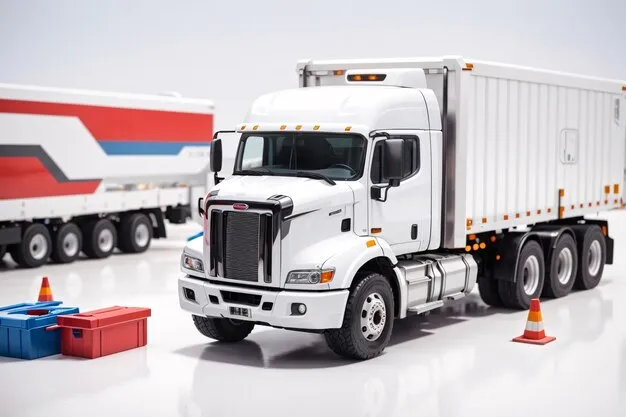
Early diecast container models utilized materials like zinc alloys due to their ability to be cast into intricate shapes. These materials allowed for the replication of container details like the corner castings, door hinges, and ribbed walls. As manufacturing techniques advanced, so did the materials. New technologies allowed for greater detail and durability in the container designs. The early models, though less detailed than their modern counterparts, were significant in representing the emerging shipping industry.
Evolution of Container Designs
The evolution of diecast container designs parallels the advancements in real-world container technology. Early models were relatively simple. As container designs became more sophisticated, so did the models. Detailed features like realistic paint schemes, markings of shipping lines, and even weathering effects have become standard. The different sizes of containers, from 20-foot to 40-foot and beyond, are accurately replicated, allowing collectors to build entire miniature container yards with an impressive level of realism.
Key Features of Diecast Containers
Diecast containers are more than just static models. The best examples are characterized by a host of realistic features. These features are essential for capturing the essence of real-world shipping containers. Collectors look for accurate representations of details like the container’s doors, corner castings, and overall proportions. These features, combined with the paint and markings, make a diecast container a true representation of a functional piece of shipping equipment. The level of detail can vary, but the most sought-after models strive for photographic realism.
Scale and Detailing
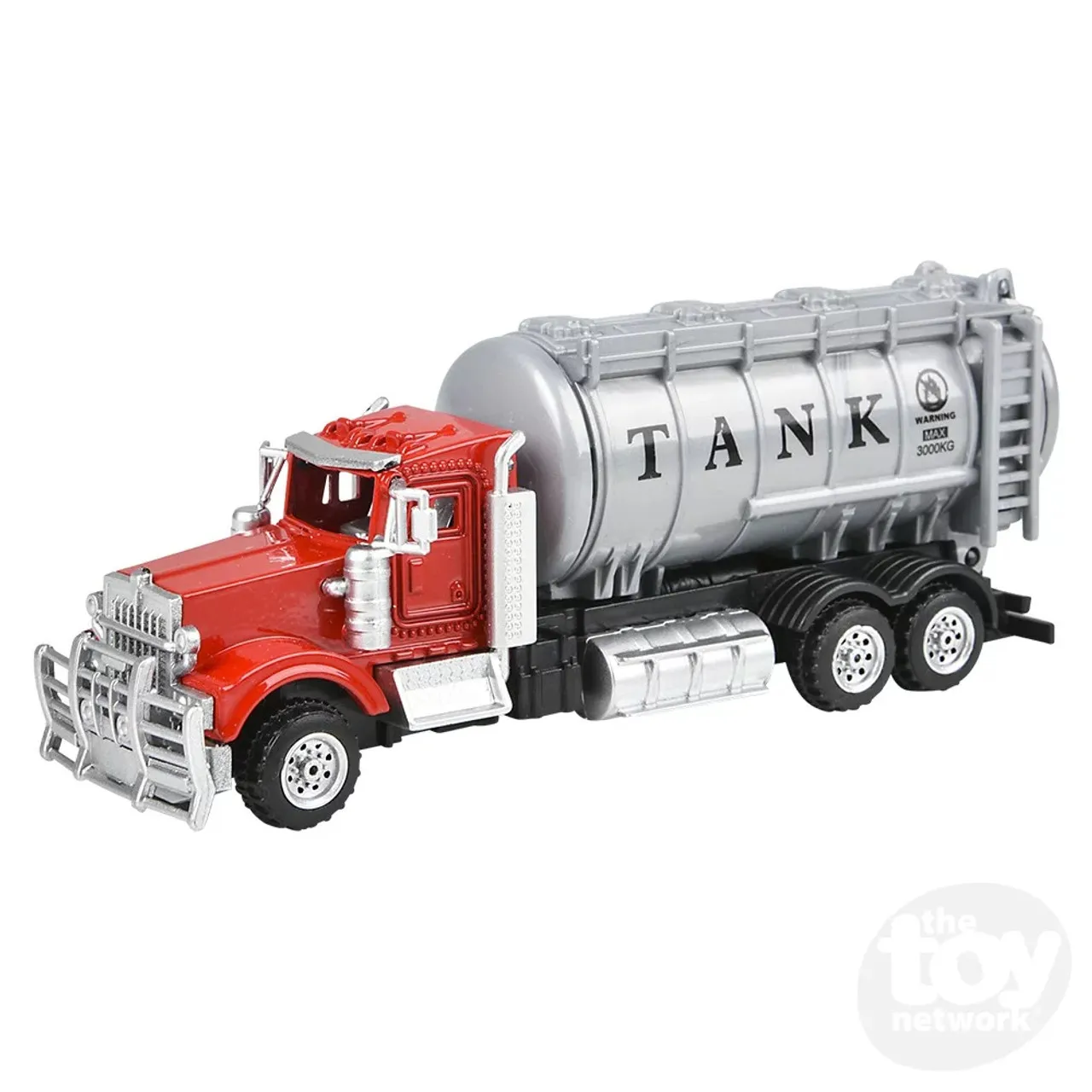
The scale of diecast container models is critical for their appeal. Common scales, such as 1:50 or 1:87 (HO scale), allow collectors to integrate their models with other miniature elements. This lets collectors create entire dioramas of shipping ports or freight yards. The attention to detail in these models is often astounding. This includes accurate paint schemes, realistic weathering effects, and the precise replication of all the container’s features, such as the door hinges and the corner castings.
Materials and Construction
Diecast containers are primarily made from zinc alloys, which allow for precise molding. The diecasting process forces molten metal into molds to create the container’s basic shape. After casting, the models undergo painting, detailing, and assembly. High-quality models feature durable paints, and the addition of plastic components for details like doors. The use of quality materials ensures the model’s longevity. A well-made container is an investment that will last for many years. The weight and feel of the diecast metal add to the realism and appeal of the models.
Types of Diecast Container Models
The world of diecast containers is diverse, encompassing a variety of types and styles. Collectors can choose from a variety of different models depending on their interest. This diversity allows collectors to focus on specific types, shipping lines, or historical periods. From standard shipping containers to specialized types, the available options provide a wide range of collecting possibilities. The selection of models allows collectors to curate a unique collection that reflects their personal preferences and passions.
Shipping Containers
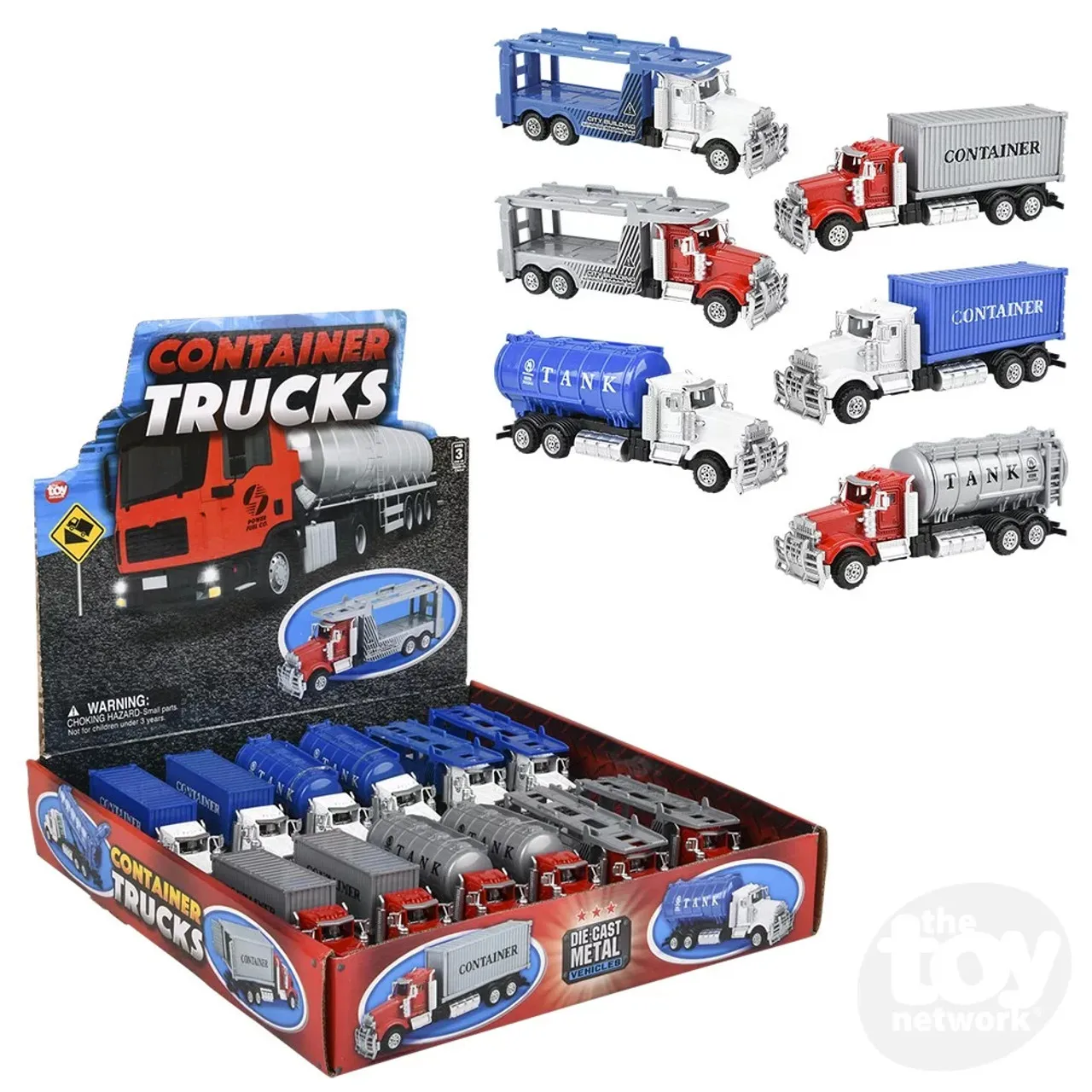
Standard shipping containers, the workhorses of global trade, are the most commonly collected diecast container models. These models replicate the iconic metal boxes used to transport goods across oceans and land. They come in various sizes, from the 20-foot to the 40-foot containers, each meticulously detailed with realistic paint schemes and markings of different shipping lines. Collectors can accumulate entire fleets of these containers. These collections can recreate the bustling environments of port terminals and container yards.
Specialized Containers
Beyond the standard shipping containers, specialized container models add another layer of interest to the collecting world. These include refrigerated containers (reefers), tank containers, and open-top containers. These specialized models are designed to transport specific types of cargo. They often feature unique details like cooling units, insulation panels, and custom paint schemes. The wide selection of these models adds diversity and realism to any collection. This level of detail enhances the collecting experience.
The Collector’s Perspective
From a collector’s perspective, diecast containers offer several advantages. They are often a relatively affordable hobby, allowing enthusiasts to build an extensive collection without a significant financial commitment. The variety of models available means there’s always something new to discover. Collecting diecast containers provides a fascinating insight into the logistics of global trade. This can be rewarding for both collectors and those simply interested in the shipping industry. The community of collectors provides a source of information, camaraderie, and inspiration.
Rarity and Value
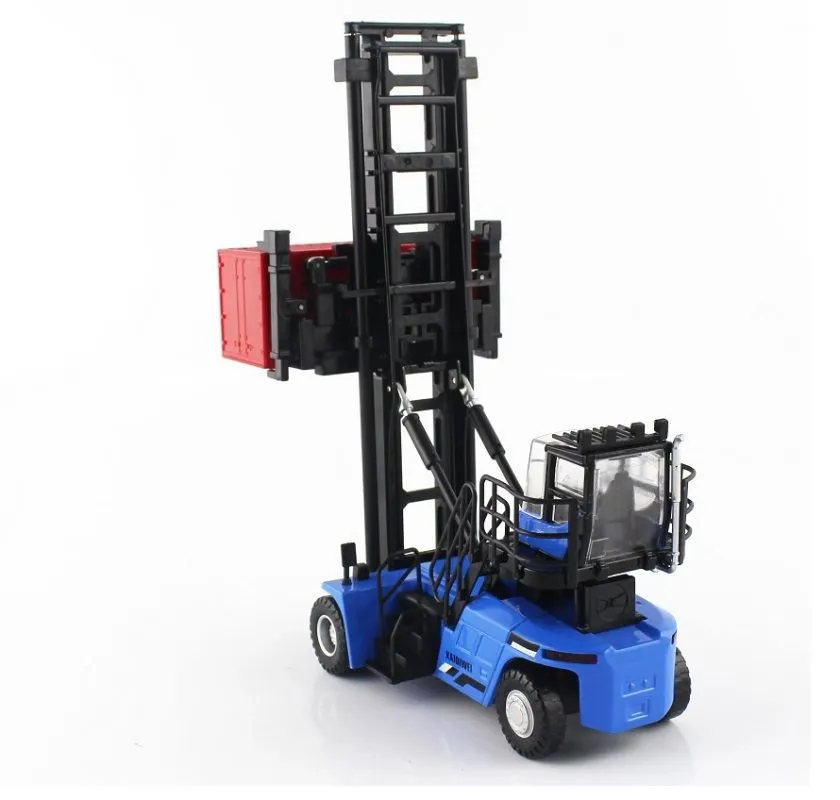
Like many collectibles, the value of diecast containers is determined by factors like rarity, condition, and manufacturer. Limited-edition models, those featuring specific shipping lines or historical markings, often command a premium. The condition of the model is also crucial. Pristine, mint-condition containers are typically more valuable than those with visible wear and tear. The manufacturer’s reputation also plays a role. Some brands are known for their exceptional detail and accuracy. These brands often hold a higher value among collectors. This adds an extra dimension of enjoyment for the collectors.
Displaying and Preserving Your Collection
Displaying and preserving your diecast container collection is as important as acquiring the models themselves. Proper display methods can showcase your collection. Display cases protect your models from dust and damage. You can create a layout reflecting the real-world container terminals. Storing your models in a cool, dry place away from direct sunlight prevents damage. Regular cleaning with a soft cloth will keep your models looking their best. Properly displayed and maintained, your collection will provide years of enjoyment and potentially increase in value over time.
Where to Buy Diecast Containers
Finding diecast containers is an exciting part of the hobby. Collectors can purchase their models from various sources. This can include online retailers, specialized shops, and collector’s fairs. Each source offers unique advantages in terms of selection, price, and access to rare models. It’s essential to research the different options to make informed choices. Whether you’re searching for a specific model or simply browsing, understanding the best places to shop is essential. This knowledge will ensure a satisfying and successful collecting experience.
Online Retailers vs. Specialty Shops
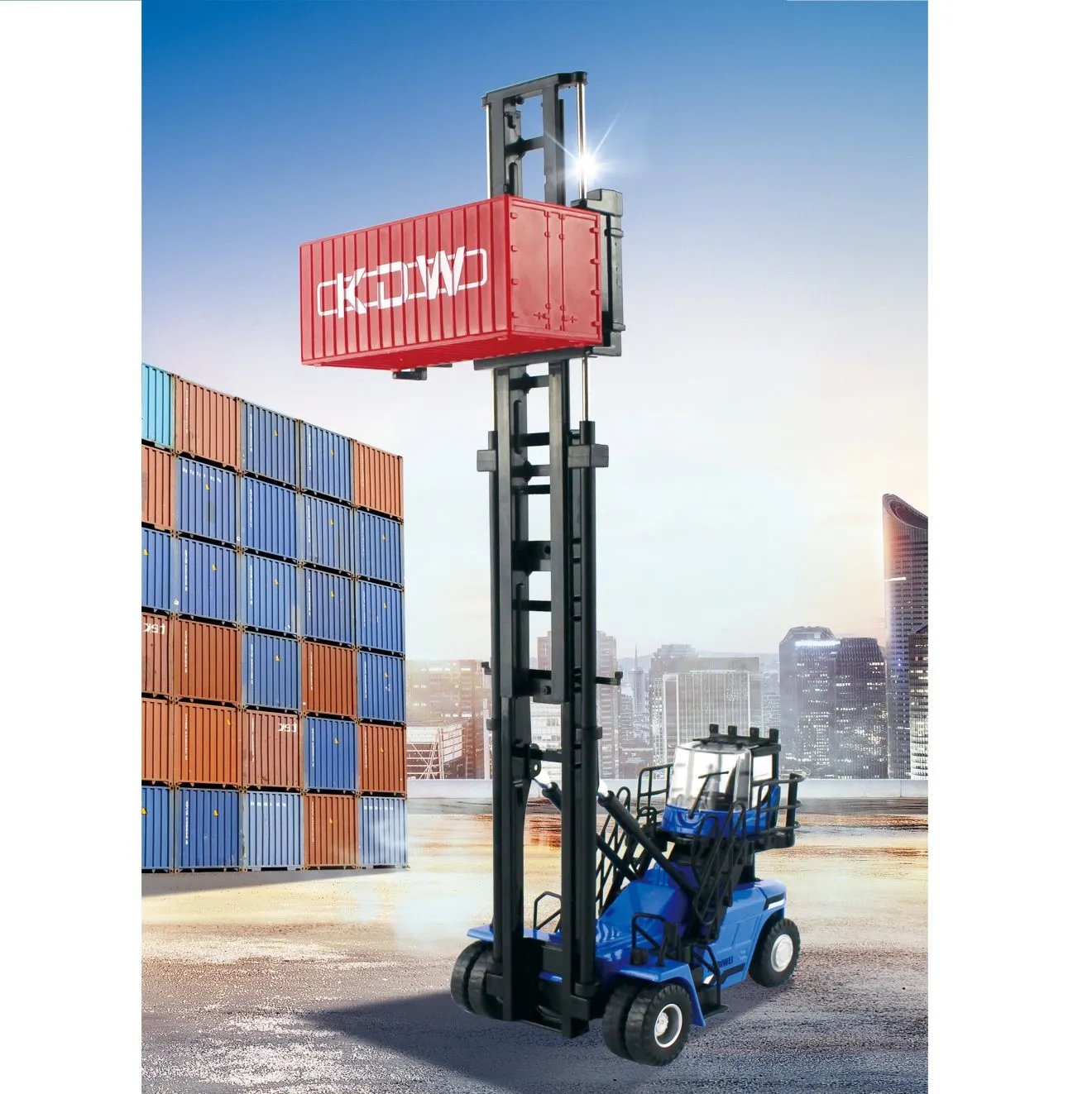
Online retailers provide a convenient way to shop for diecast containers. They offer a wide selection of models from various manufacturers, and prices are often competitive. Specialty shops often have knowledgeable staff and a carefully curated selection of models. These shops can offer expertise and advice, making them a great choice for both beginners and experienced collectors. The selection can be more limited, but the quality and unique finds are often worth exploring. Both online retailers and specialty shops provide convenient access to models.
Auctions and Collectors’ Fairs
Auctions and collectors’ fairs are fantastic resources for finding rare and unique diecast containers. Auctions provide a chance to bid on highly sought-after models. Collectors’ fairs bring together enthusiasts and dealers, allowing for direct interactions and the opportunity to discover hidden gems. Attending auctions and fairs is a great way to build your collection and connect with the diecast container community. Both auctions and fairs are a great way to buy, sell, and trade diecast containers. The possibility of finding that elusive model makes these events particularly exciting.
In conclusion, diecast containers offer a compelling blend of history, craftsmanship, and collecting. From the early designs to the highly detailed models of today, they represent a fascinating hobby for anyone interested in the world of shipping, transportation, and miniature collectibles. Whether you’re just starting or a seasoned collector, the world of diecast containers offers endless opportunities for discovery and enjoyment. These models are not only fun to collect, but they also offer insight into the real-world industries. Happy collecting!
